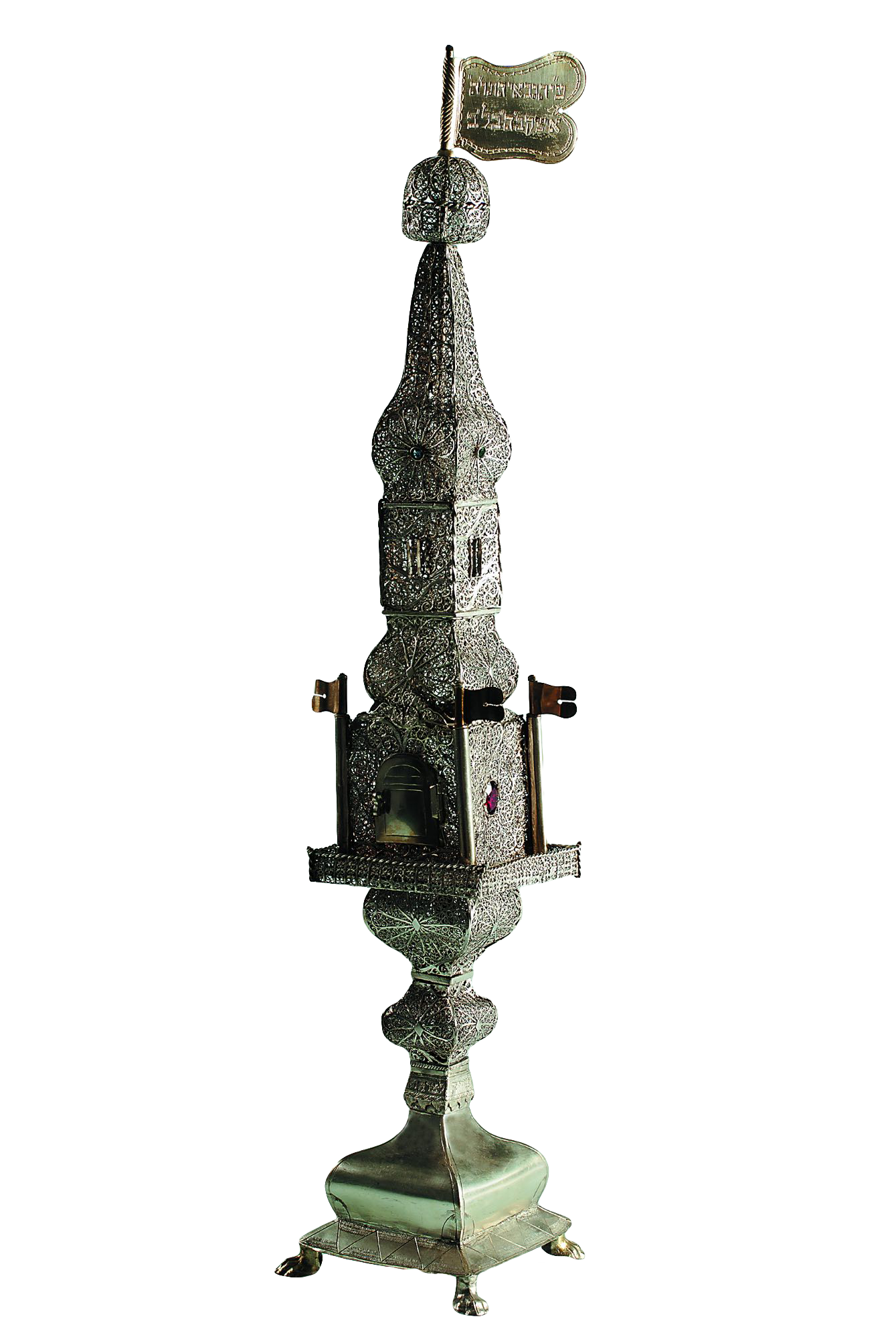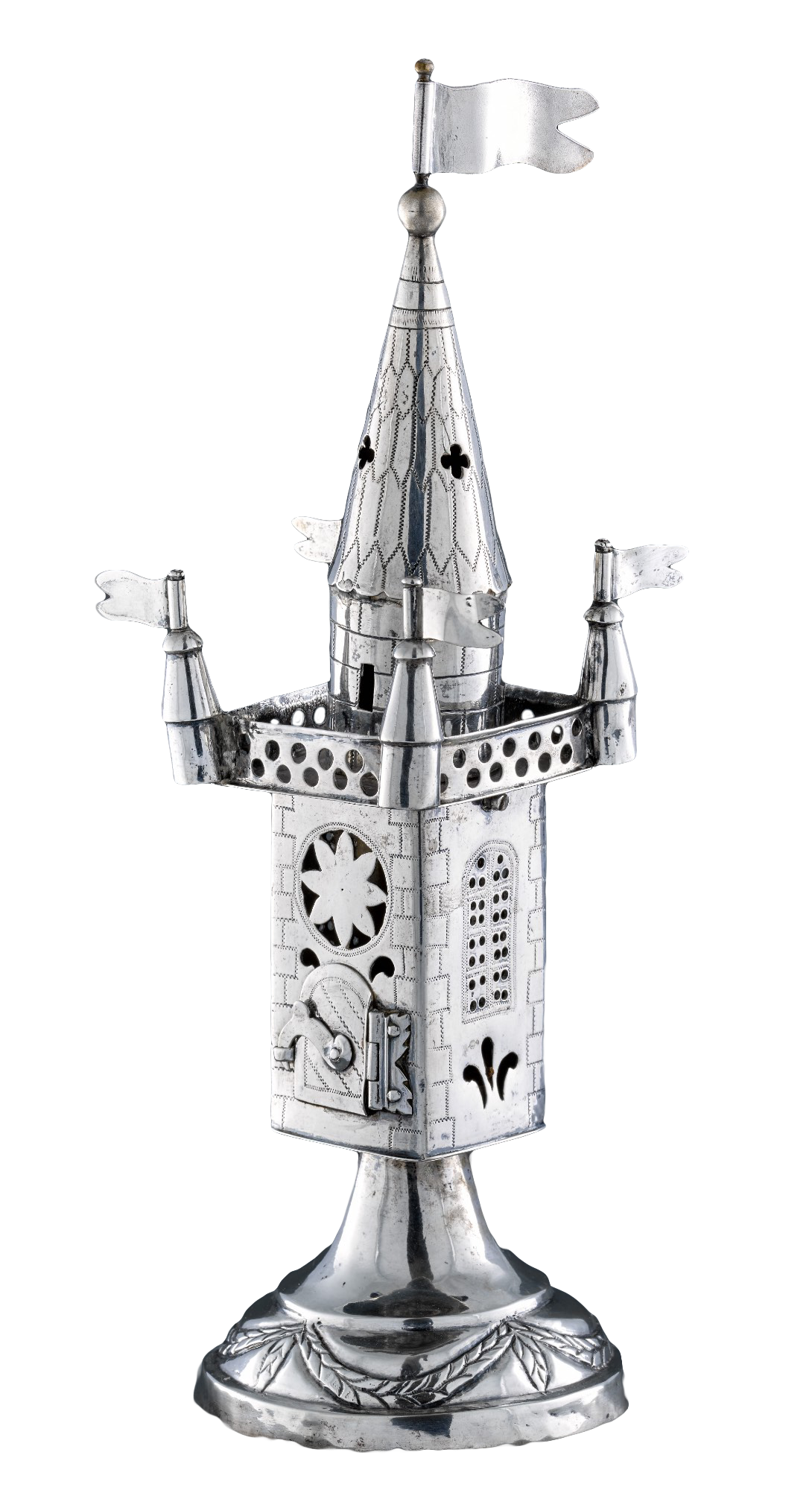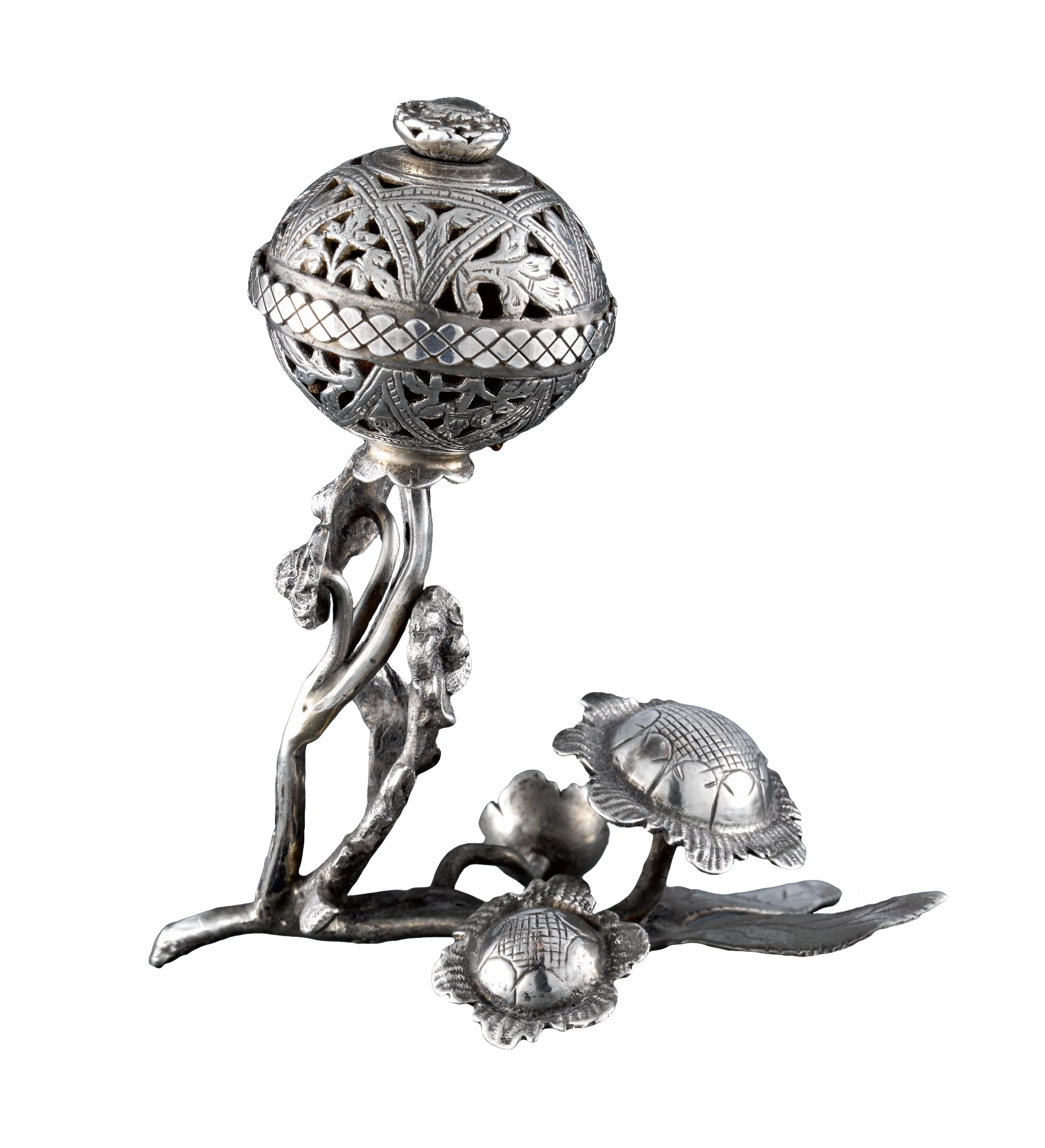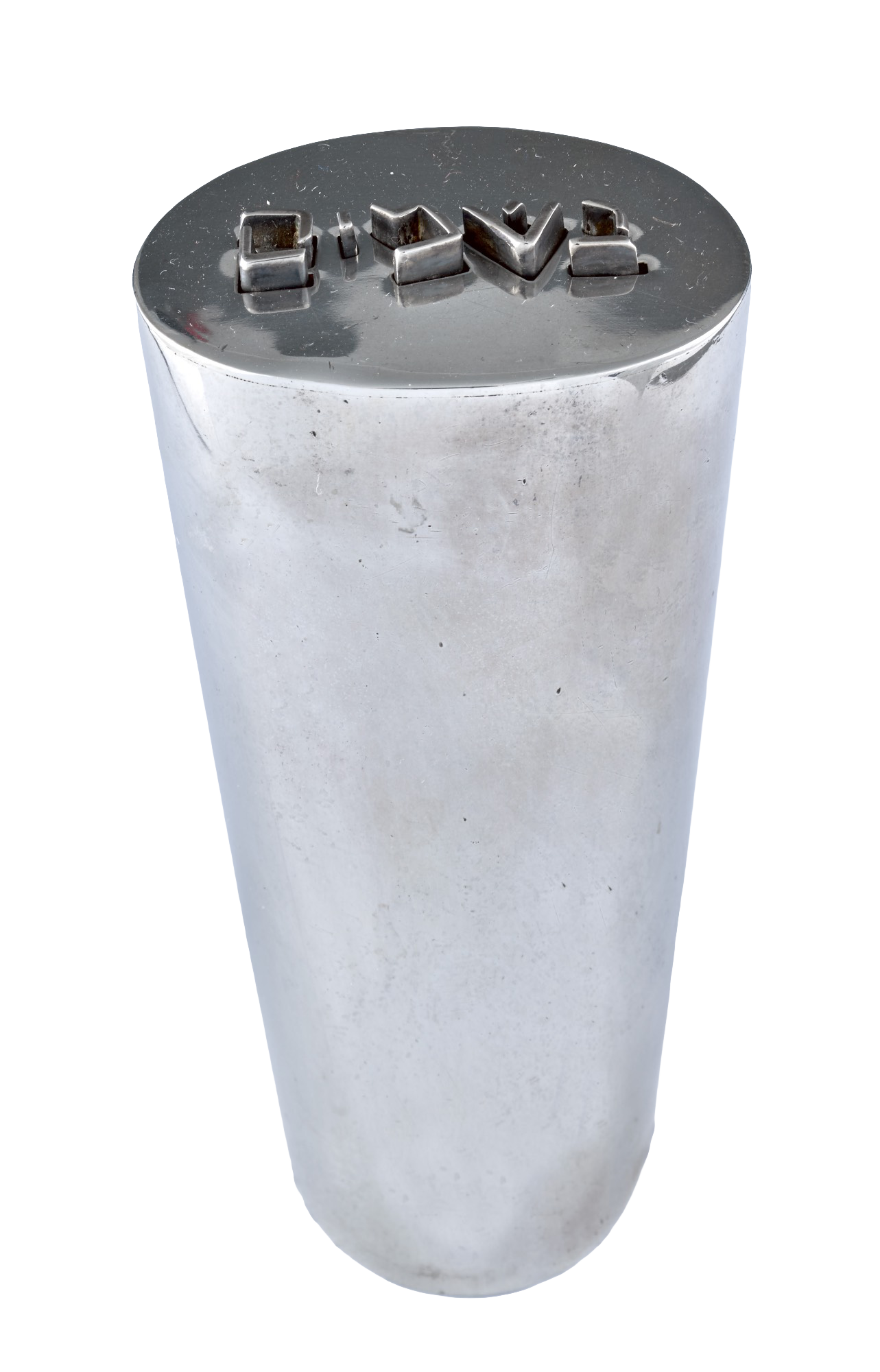(besamim box)

Un kuti para yervas aromatikas ke las guelemos durante la seremonya dela avdala a la fin de Shabat




Gold Koolik, Marilyn, editor. Towers of Spice: The Tower-Shape Tradition in Havdalah Spiceboxes. Jerusalem: The Israel Museum, 1982.
Gomberg, Betsy, and Susan Schaalman Youdovin, eds. The Havdalah Spice Container: The Philip and Sylvia Spertus Judaica Prize. Chicago: Spertus Museum, 1998.
Gross, William. “Bemer the Slow: A Seventeenth Century Architect and the Classic Galician Spice Tower.” Eshkolot: Essays in Memory of Rabbi Ronald Lubofsky, ed. Anna Bosner Blay, Melbourne: Hybrid, 2002, pp. 165-74.
Holthius, Gabriele. Eine gute Woche! Jüdische Türme aus Schwäbisch Gmünd. The Jewish Towers from Schwäbisch Gmünd. Schwäbisch Gmünd: Museum im Prediger, 2001.
Narkiss, Mordechai. “Origins of the Spice Box.” Journal of Jewish Art, ed. Bezalel Narkiss, vol. 8, 1981, pp. 28-41.
Schmid, Daniela. Besamim – Trost der Schabbathseele: Katergorisierung der Formensprache Jüdischer Gewürzbüchsen sowie ein 1: Versuche über Chassidische Symbolik [Besamim – Consolation of the Shabbath Soul: Categorisation of the Formal Language of Jewish Spice Cans as well as 1: Experiments on Hasidic Symbolism]. University of Vienna, Faculty of History and Cultural Studies, dissertation, 2008.
Kößling, Sabine. “The Community of Frankfurt was Among the Oldest and Most Important Centers of Jewish Life.” Shared History Project, Leo Baeck Institute, 10 Apr. 2021.
Eskojer una lingua